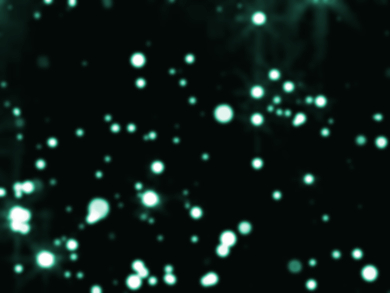Metallic nanoparticles can be used in sensing applications due to their luminescence properties. However, surface defects reduce their luminescence efficiency.
Hai-Lung Dai and colleagues, Temple University, Philadelphia, PA, USA, have found that covering the surface of silver nanoparticles with thiols can significantly increase their luminescence quantum efficiency. The team used Ag nanoparticles with an average diameter of 40 nm which were stabilized with sodium citrate and added ethanethiol while measuring the nanoparticles’ emission properties. They found that the two-photon excitation induced luminescence (TPL) of the Ag nanoparticles increased up to 300 times when ethanethiol was added.
The researchers attribute this effect to the elimination of surface defects on the nanoparticles by the thiol adsorption. These defects, such as dangling bonds, usually quench the fluorescence because they trap excited charge carriers. According to the team, the luminescence intensity of other metal particles can also be improved by ethanethiol adsorption. The TPL intensity of Au nanoparticles with a diameter of 5 nm, for example, tripled when the thiol was added.
- Super Bright Luminescent Metallic Nanoparticles,
Wei Gan, Bolei Xu, Hai-Lung Dai,
J. Phys. Chem. Lett. 2018.
https://doi.org/10.1021/acs.jpclett.8b01608




